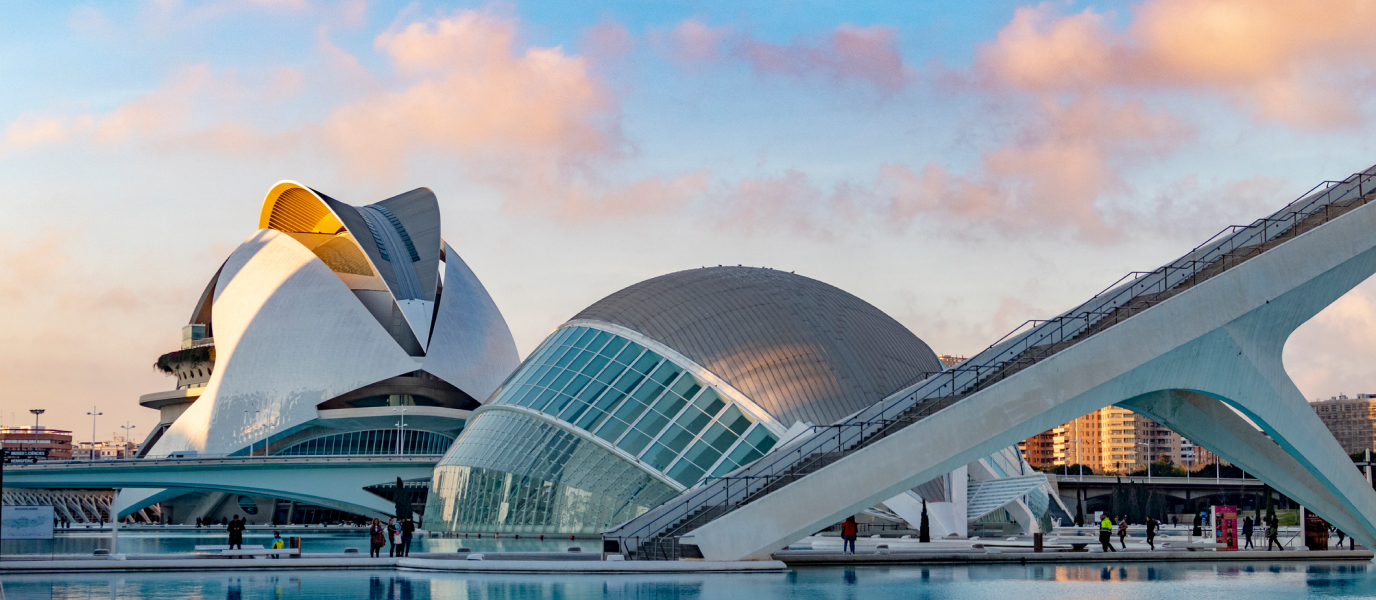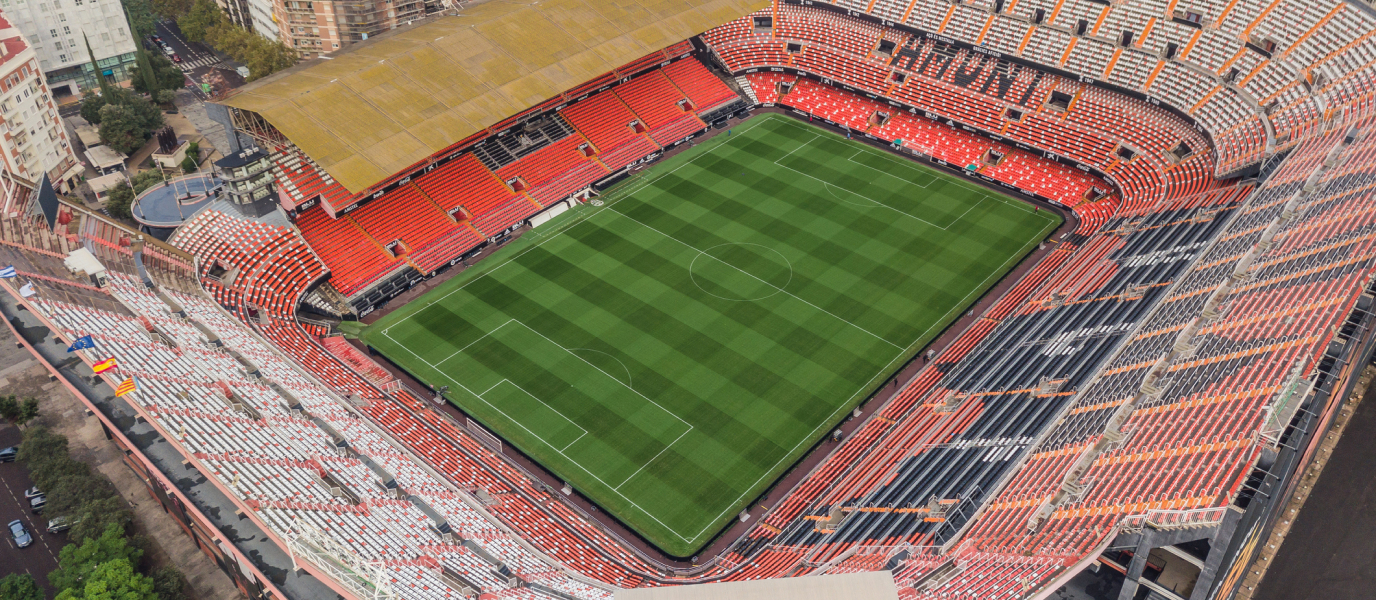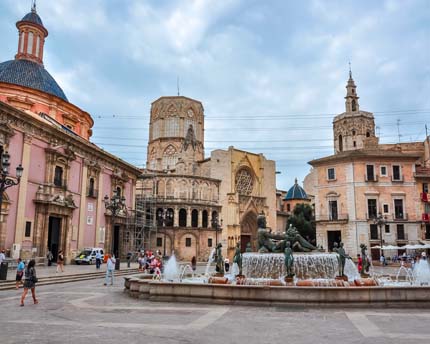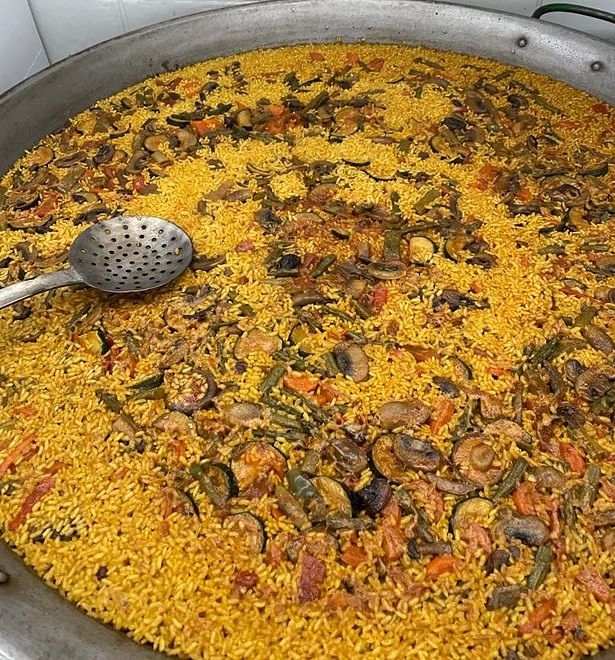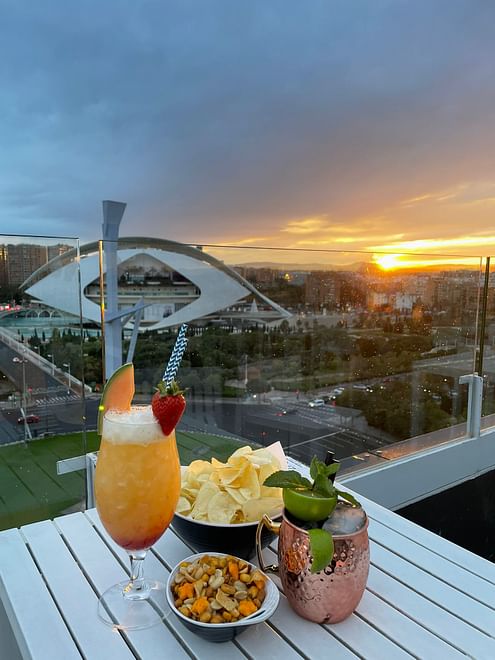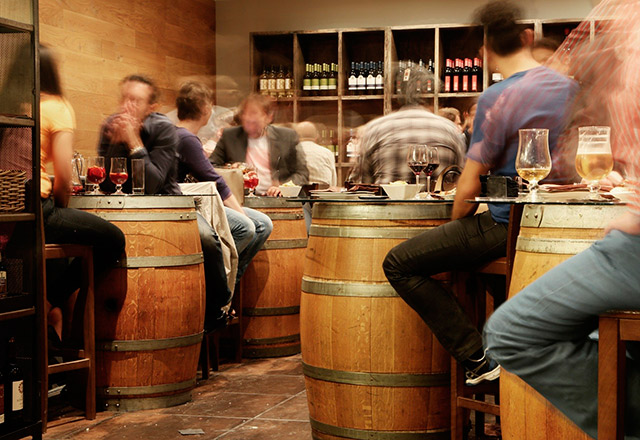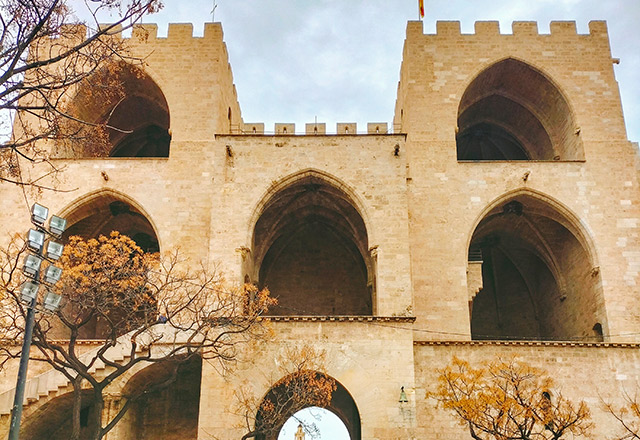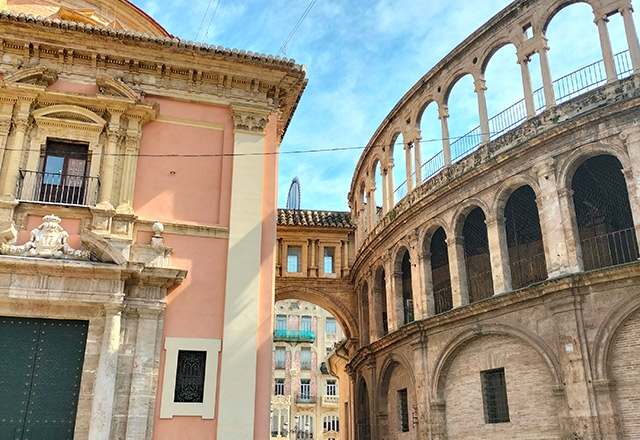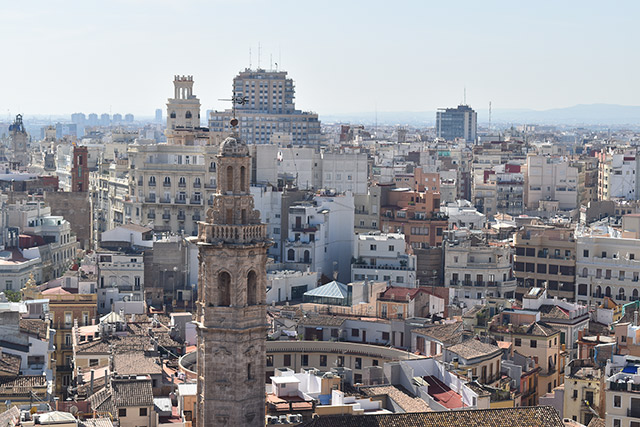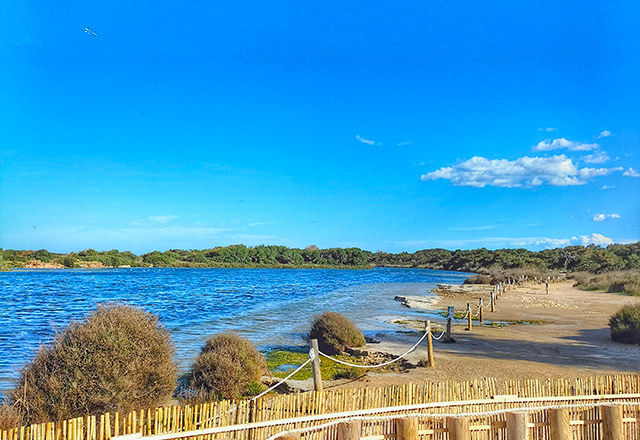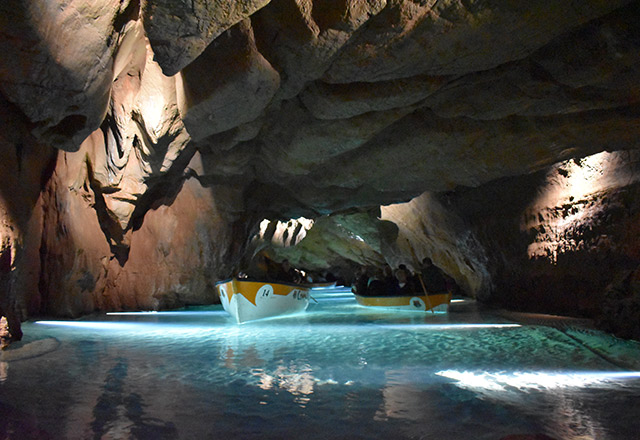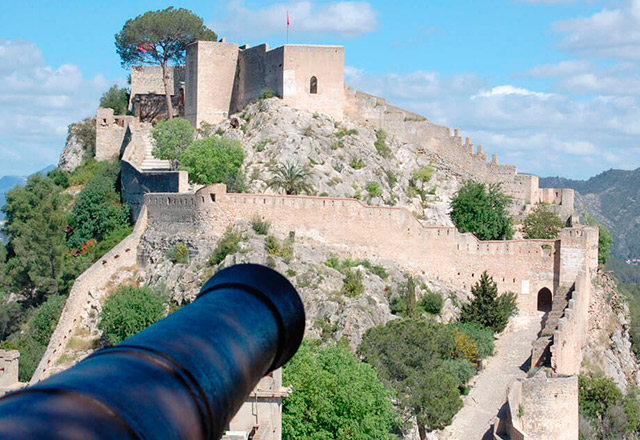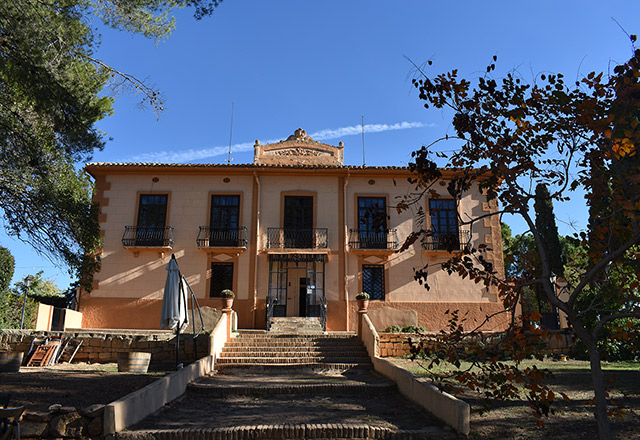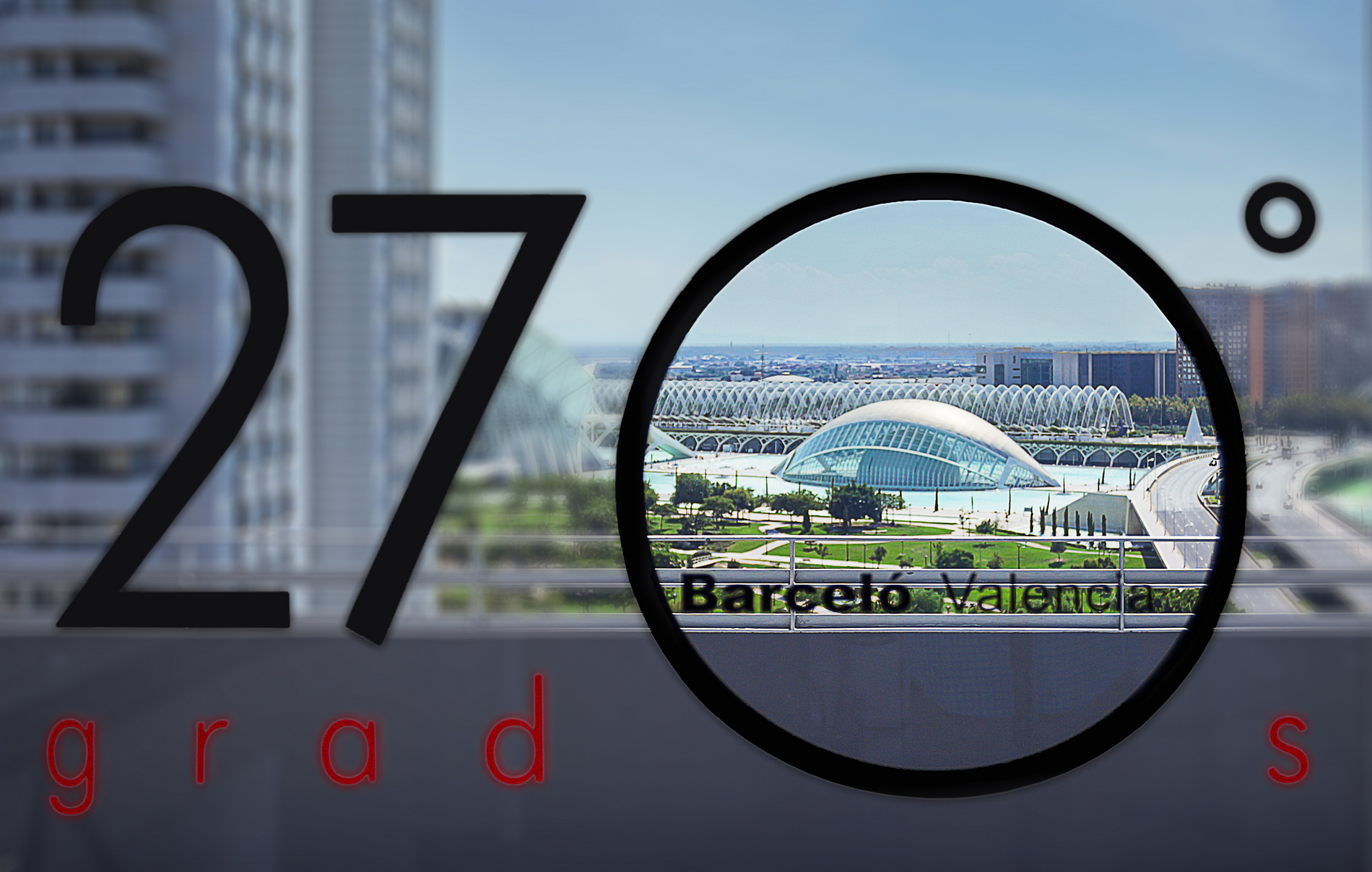The Corts Valencianes (Cortes Valencianas in Spanish) is the institution where the Valencia Autonomous Region’s parliamentary life takes place. As the legislative body of the Generalitat Valenciana, it represents the region through its 99 deputies: 35 for Alicante, 24 for Castellón and 40 for Valencia.
The Corts Valencianes is located in the renowned Palace of Benicarló (Palau de Benicarló), also known as the Palace of the Borgias, a monumental building at Plaça de Sant Llorenç 4. These walls house an extensive 100-year history because before serving as the parliamentary headquarters, the building had many other uses. Today, the rooms at the Palace of Benicarló are occupied by various bodies of the Corts Valencianes: the president, the Mesa (leadership), the spokesperson council, the plenary of deputies, the parliamentary groups, the commissions and the permanent provincial government. As a result, this building continues to have close ties with history.
Two popes in the Borgia family
There is no question that this palace exudes history on every side, even today. The individuals behind its existence were the Dukes of Gandia, members of the Borgia family, who in 1408 built their lavish residence here. The resulting edification was a great Gothic mansion with an imposing façade. It was the home of Rodrigo Borgia, before he became Pope Alexander VI, and also of Saint Francis Borgia.
In the nineteenth century, the Palace of the Borgias was used by the Pujals family as a silk factory. It was later purchased by the Count of Benicarló, who refurbished the building and established his residence there. During the Spanish Civil War, it was the seat of the Republic’s government, and later of the Movement’s Regional Office. King Alfonso XIII spent time in this Valencian palace.
A palace for the Corts Valencianes
It was not until 1989 that this building was considered as the main location of the Corts Valencianes. No sooner said than done. The building has maintained many of the Gothic palace’s original elements, such as the halls on the main floor, the modernist staircase, a large gateway in the form of a semi-circular arch, the windowed loggia on the top floor and the ballroom. However, some of the rooms had to be modified for their new purpose, such as to house the legislative chamber.
Another feature that has remained untouched in the courtyard for many years is a hundred-year-old ficus that stands 22 metres tall and over 12 metres in diameter.
To view the Palace of Benicarló’s interior and to learn how political decisions are made in the Valencia Autonomous Region, sign up for a guided tour of the Valencian Parliament by calling +34 963 876 100 for an appointment or by sending a written request to its Department of Protocol and Public Relations [Departamento de Protocolo y Relaciones Públicas]. Another option is to download and submit the form available at www.cortsvalencianes.es.
Tours of the Palace of Benicarló
Tours lasts approximately one hour. Guides will explain the vicissitudes of the Palace of the Borgias, and visitors will have access to the legislative chamber, where they will receive interesting information about how the Valencian Parliament operates. Tours are available every Monday and Friday at 10:00 AM, 11:00 AM, 12:00 PM and 1:00 PM.
Anyone interested in attending a plenary session should request an invitation from the Department of Protocol and Public Relations [Departamento de Protocolo y Relaciones Públicas] at least 48 hours in advance. To visit a Corts Valencianes commission, please fill in the corresponding application form and submit it to the chamber registry (along with a photocopy of your ID card) two days in advance.
The Borgias, a video game family
It is now time to make a stop and briefly review the history of the House of Borgia that was so closely linked to this palace. Despite its Aragon roots (from the town of Borja), this family later relocated to Xàtiva, situated in the Kingdom of Valencia, and then to Gandia and Italy, which explains why they are also known as the Borgias, based on the Italian spelling. They were incredibly powerful and influential during the Renaissance, and their family tree resulted in two popes—Pope Callixtus III and the aforementioned Pope Alexander VI—as well as individuals who have gone down in history as symbols of cruelty and ambition (unfairly, according to some).
The Borgia lineage has led to countless films, and Lucrecia Borgia was the inspiration behind an opera by Donizetti that premièred in Milan in 1883. In present day, the video game industry has included this unique family in intriguing and violent games such as the Assassin’s Creed series, featuring César Borgia, Lucrecia Borgia, Rodrigo Borgia (Alexander VI) and Juan de Borja el Mayor.
A history lesson at the Corts Valencianes
It has been documented that the Borgias played a key role as patrons for important artists like Michelangelo, Tiziano, Leonardo da Vinci and El Bosco, who at one point or another in their life received support from the Borgias.
The members of this family were so influential that the Valencia Autonomous Region has showcased their history by creating the Route of the Borgias. The itinerary begins in Gandia and ends in Valencia, passing through a number of towns and monuments where the Borgias left their mark. The most universal Valencian family needed a route, and it is now a reality. The most popular stretches follow the steps taken by Popes Callixtus III and Alexander VI, with stops in Canals, Xàtiva, Santa Maria de la Valldigna, Valencia and Gandia.
It is an itinerary that covers more than 400 years of history. If you are up for the journey, be sure to focus on the past as well as on what lies before you, such as natural landscapes, beaches, art and cuisine that will transform this route into an unforgettable experience.

























































